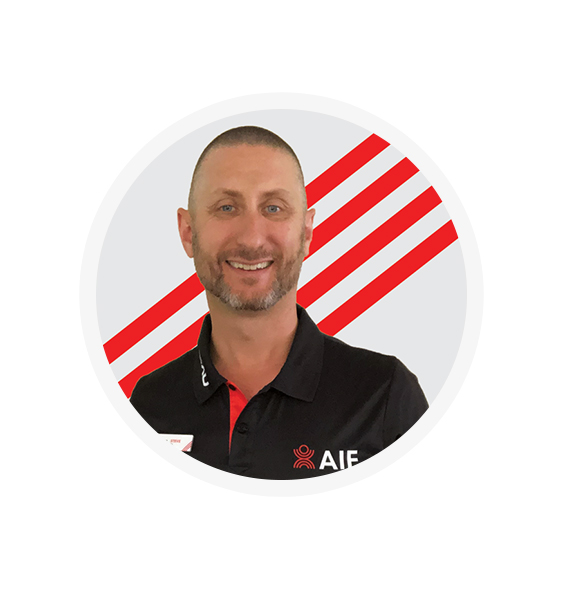Training is all about getting the best bang for your buck. Head Trainer at the Australian Institute of Fitness Kate Kraschnefski shares how to do just that.
Have you ever been hustling hard at the gym and hit a plateau with your results, or even worse, gone backwards?
There are many reasons this could be happening and, while this can be super frustrating, it is actually extremely common and can be an indicator you are sabotaging your workouts.
Treat this as a sign from your body that something needs to change and consider these five common things that may be road-blocking your progress.
Like what you see? Sign up to our bodyandsoul.com.au newsletter for more stories like this
Not progressively overloading your body

Too much, too soon isn’t the best way forward. Image: Stock Source:BodyAndSoul
To get fitter, we need to continue to challenge ourselves and force our bodies to adapt.. In the context of strength training, this is called ‘progressive overload’ – a term that refers to increasing a variable of training consistently over time. This can be the weight, repetitions, sets, frequency or even the complexity of our exercises.
With cardiovascular training, we can apply the FITT principle. This means we work at increasing the frequency, intensity, time or type of exercise on a regular basis. If you run for 3o minutes twice a week, your fitness won’t change. If you progress to run for 30 minutes three times a week, it will.
Take a little audit of what you have been doing with your training. Do you feel like you have pushed yourself hard enough during workouts? Are you doing a little more every time?
By continually challenging yourself, you’ll stimulate your body to adapt – leading to strength, fitness and many other health benefits. It takes motivation, effort and mental discipline to increase the intensity of your workouts, which can be uncomfortable, but it’s where the magic happens and how we get results.
Tips to avoid this:
- Track your workouts! I love the app ‘Fitlist’ to record how many reps, sets and the weight I am lifting.
- Ensure you are changing your program every 6-8 weeks.
Not allowing adequate rest days

Give yourself a day or too off the grind. Image: Stock Source:BodyAndSoul
After a strength training session, our muscles actually break down a little, and it is the process of repair and regeneration that actually leads to strength improvements. This process – called ‘supercompensation’ – can take time, depending on the intensity of your workout, as well as other factors like sleep and nutrition.
When we are in a good routine or trying to achieve certain goals, we often feel guilty for having rest days. But, if we are training the same muscle on consecutive days, it is very likely we will be interfering with the recovery process and may be breaking down the muscle again while it is still repairing.
This will not only stop us from seeing results, but can also cause fatigue and boost injury risks.
Tips to avoid this:
- Have a qualified PT write or review your programs.
- Avoid training the same muscle groups on consecutive days.
- Book in rest days after heavy lifting sessions. These can be active rest days, where you do a lower intensity workout like yoga or light cardio.
Not nourishing your body
So many of us have such busy days that we can easily fall into thinking about work or other distractions while we train.. When we are working out – especially with a goal in mind – it is important to be intentional.
Before your session, be clear with what you are looking to achieve. Work to a program with pre-determined parameters like reps, sets or time and intensity. Apply your program and commit to executing the plan.
During your session, by utilising mind-muscle connection and consciously and deliberately focusing your attention on the muscles as they move, you will not only enjoy moments of deep connection to your body, you will also improve the overall quality of your movements.
If you are working with weights, see the muscle in your mind’s eye, emphasise your movement and really sink into the feeling of your body working its magic.
Tips to avoid this:
- Review your goals frequently.
- During your warm up, take a moment to centre yourself, become present and commit to your workout.
Focusing on load over quality






























